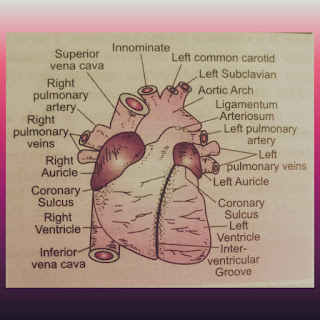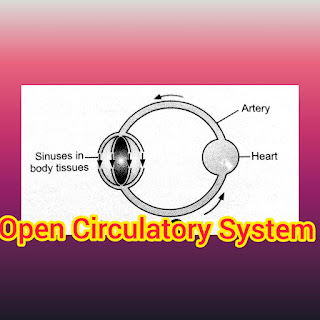What is Golgi Apparatus , Location , Structure and its function ?
Golgi apparatus is a cytoplasmic organelle which consists a central stack of flat, parallel , membranous Cistenae and peripheral tubules and vesicles . It is also known as Golgi complex and Golgi bodies . It discovered by an Italian histologist Camillo Golgi in 1898 . The Golgi apparatus present in eukaryotic cells but absent in prokaryotic cells . It occupies different positions in different kinds of cells .
Location - Golgi apparatus located within the plasma membrane (cell membrane) and Endoplasmic reticulum (ER) . One face of Golgi apparatus near to the endoplasmic reticulum and other face is near to the plasma membrane . Material come from the ER then modified , sort and packed by Golgi apparatus and finally release to the body by plasma membrane .
Structure :- Golgi apparatus is varies in size and form in different cell types. But in one kind of cells it is similar. It appear like a coarse network under a light microscope. But Electron microscope shows , a central stack (pile) of parallel , Flattened , intercommunicating sacs or Cisternae and many peripheral tubules and vesicles . It is the system of membrane like the Endoplasmic reticulum.
1) Cisternae
2) Tubules
3) vesicles
-> Cisternae : In animal cells Cisternae vary in number from 3 to 7 and in plant cells Cisternae vary in number from 10 to 20. They are usually equally spaced in the pile and separated from each other by thin layers of inter-cisternal cytoplasm. The Cisternae may be flat but are often curved. Their are two face in Golgi apparatus, the one is cis face and other is trans face. The cis face is present near to the Endoplasmic reticulum ( ER). The trans face is present where the Golgi complex arise secretory vesicles.
->Tubules - are arise from the periphery of the Cisternae. Tubules are short but some of these are enlarge at their ends to form vesicles.
->Vesicles - The vesicles are lies near the ends and concave surface of the Golgi apparatus. They are pinched off from the tubules of the Cisternae. Vesicles are two types. One is smooth vesicles and other is coated vesicles.
i) Smooth vesicles have smooth surface and contain secretion of the cell. So that it is also known as secretory vesicles.
ii) Coated vesicles have rough surface and elaborate membrane protein. They carry materials to or from the Cisternae.
Golgi Apparatus is fully filled with a material known as Golgi Matrix .
Structure of Golgi Apparatus
Functions -
1) Packaging of material - Golgi Apparatus modifies, sorts and packages the material coming from Endoplasmic Reticulum (ER) or synthesized in the Golgi itself.
2) Synthesis of Carbohydrates - Some simple carbohydrates are synthesized in Golgi apparatus such as Galactose.
3) Formation of Glycoproteins - By the process of glycosylation, Golgi apparatus links carbohydrates with protein coming from Endoplasmic Reticulum (ER) to form glycoprotein.
4) Formation of Lipoproteins - Lipids and proteins coming from Endoplasmic Reticulum (ER) and make complexed into lipoprotein in Golgi apparatus by the process of Liposylation.
5) Formation of Yolk - Yolk is produced by Golgi apparatus in the eggs.
6) Location of enzymes - In Golgi apparatus variety of enzymes are localized. These enzymes help in the cells biochemical reactions.
7) Storage of Secretion - Some cell secretions store in the Golgi apparatus such as proteins and lipids.
For Basic Knowledge about Endoplasmic reticulum and Plasma membrane go through these links :-
https://easylearningwithned.blogspot.com/2022/11/what-is-endoplasmic-reticulum-er.html
https://easylearningwithned.blogspot.com/2022/11/what-is-cell-membrane.html
Reference book- Pradeep's Biology Text Book .

.jpeg)


.jpeg)


Comments
Post a Comment